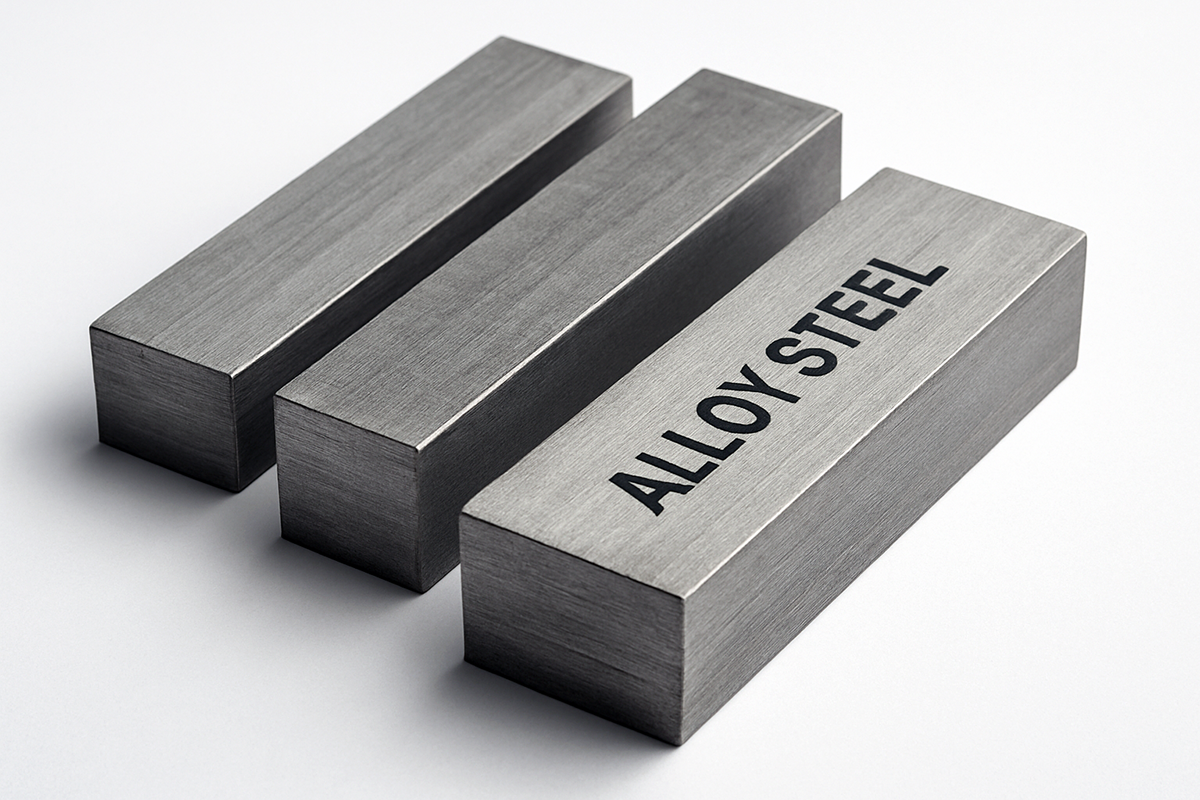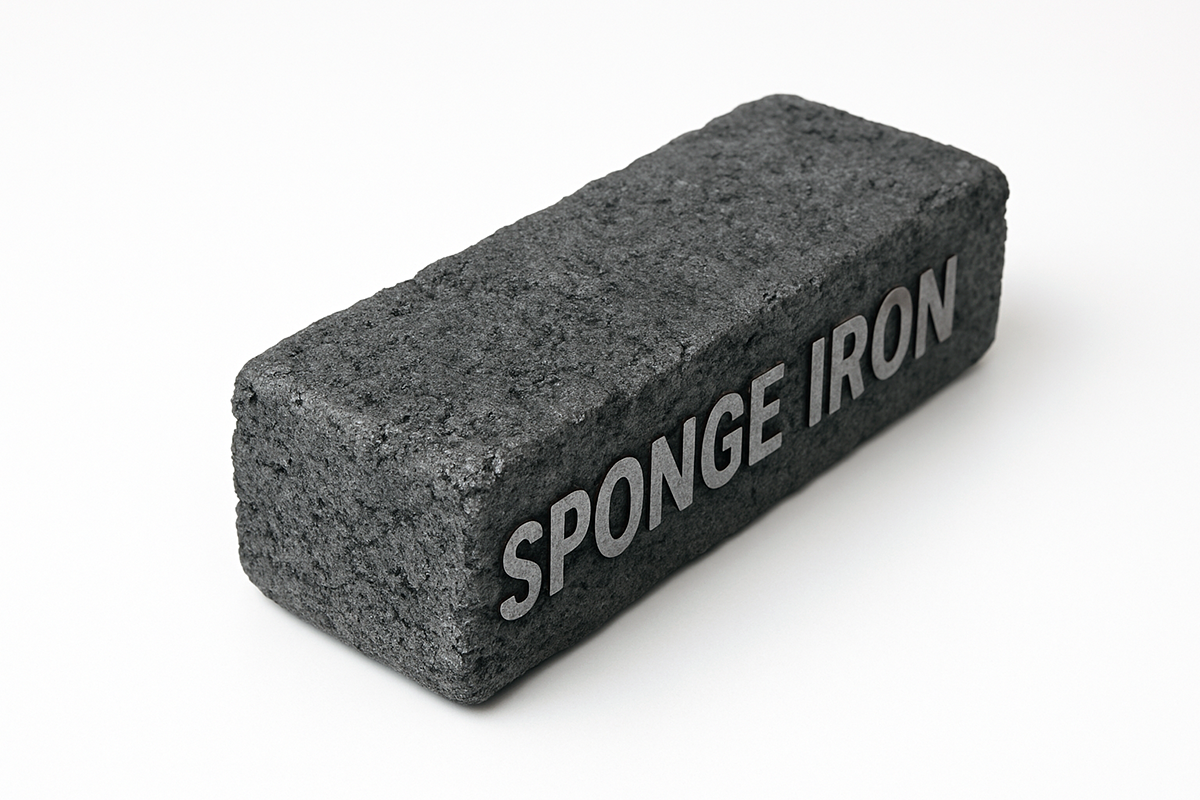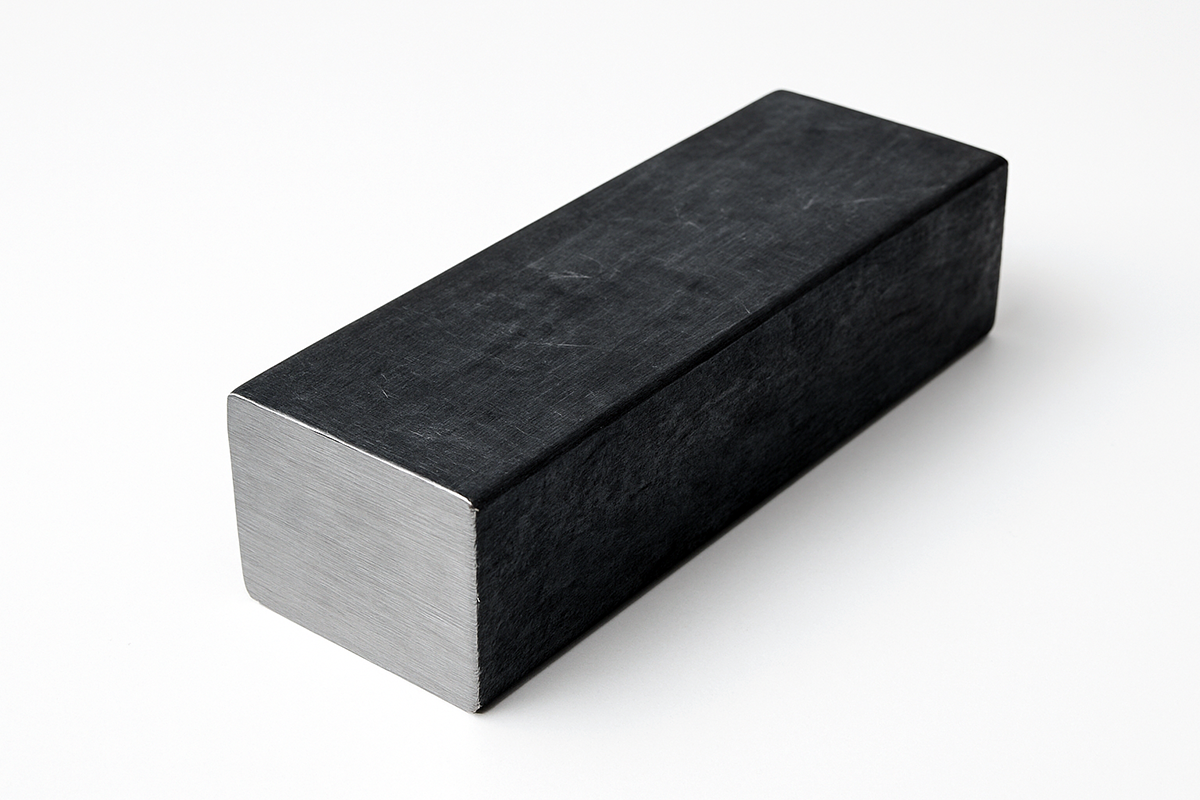


A billet is a semi-finished piece of metal with a rectangular or square cross-section, widely used in the manufacturing and metalworking industries. Typically made from steel, aluminium, or other alloys, billets are produced through processes like continuous casting, extrusion, or rolling. They serve as raw materials for creating finished products such as bars, rods, and wires. Billets are highly valued for their uniform structure, which allows for consistent mechanical properties during further processing.
In the steel industry, billets are crucial for hot rolling and forging applications. Their compact size and shape make them easier to handle, store, and transport compared to larger ingots. Manufacturers often reheat billets and pass them through rolling mills to form products used in construction, automotive, and machinery sectors.
Outside metallurgy, the term “billet” also has historical and military meanings. In military contexts, it refers to the lodging of soldiers in civilian homes or designated quarters during assignments. In both cases, the term emphasises a transitional phase — either a material ready to be shaped into its final form or a temporary assignment for personnel.
Overall, billets are fundamental to industrial production, bridging the gap between raw materials and finished goods across a variety of essential sectors.
Forged rolls are critical components used in industrial rolling mills to shape and form metal products such as plates, sheets, bars, and structural sections. Made by forging high-quality steel alloys under intense pressure, these rolls possess excellent mechanical properties, including high strength, toughness, and resistance to wear and thermal fatigue. Forging refines the internal grain structure, removing imperfections and creating a dense, uniform material that can withstand extreme operating conditions.
Forged rolls are typically used in hot rolling and cold rolling processes across industries such as steel production, automotive manufacturing, and heavy machinery. Different types of forged rolls, including work rolls, backup rolls, and intermediate rolls, are designed for specific mill stands and rolling requirements. Their durability ensures longer service life, improved surface finish of rolled products, and reduced downtime due to maintenance or replacement.
Modern forged rolls are often produced with advanced alloy compositions and heat treatments to optimise performance for specific applications. Some may feature a hardened outer shell for superior wear resistance combined with a tough core for shock absorption. Overall, forged rolls play a vital role in achieving high efficiency, consistent product quality, and cost-effective operations in metal forming industries.
A pellet car is a vehicle that runs on pellet fuel, typically made from compressed organic materials such as wood, sawdust, or agricultural waste. These pellets serve as a more sustainable and environmentally friendly alternative to conventional gasoline or diesel fuel. The technology behind pellet cars is still evolving, but the general concept revolves around modifying the engine and fuel system to efficiently burn compressed pellets for energy.
Pellet fuel is a renewable resource, often seen as a more eco-friendly option due to its low carbon footprint. It produces fewer greenhouse gas emissions compared to fossil fuels and reduces waste by using byproducts from industries such as forestry and agriculture. Pellet cars can benefit from this cleaner, greener fuel by producing less pollution during operation.
One of the main challenges facing pellet cars is the need for a specialised fuel system and storage compartments for the pellets. Unlike liquid fuels, pellets require a hopper or storage area to hold the fuel, which can be an inconvenience in terms of space and refuelling frequency. However, as technologies advance, pellet cars could become more viable for mainstream use, offering an environmentally conscious transportation option while reducing reliance on traditional fossil fuels.
Sponge iron, also known as direct reduced iron (DRI), is a form of iron produced by reducing iron ore (typically hematite or magnetite) in the presence of a reducing gas, such as hydrogen or carbon monoxide, at high temperatures. This process occurs without melting the ore, making it distinct from traditional methods like blast furnace iron-making. Instead of being reduced to molten iron, the iron ore is transformed into a porous, spongy structure, which gives the material its name.
Sponge iron is an essential component in the production of steel, often used as a substitute for scrap iron in electric arc furnaces. It is especially valuable in countries with limited access to scrap metal, as it provides a more efficient and cost-effective alternative. The process of creating sponge iron is also more environmentally friendly than conventional methods, as it typically produces lower levels of carbon dioxide and other harmful emissions.
The main advantage of sponge iron lies in its high purity and ability to be used in steelmaking with minimal impurities. This results in stronger, more durable steel. However, the production of sponge iron is energy-intensive, and the price of energy can significantly influence the cost-effectiveness of this method. Despite these challenges, sponge iron plays a crucial role in modern steel production and offers a promising alternative to traditional ironmaking methods.
Steel sections refer to pre-formed shapes of steel that are produced through various processes such as rolling or extrusion, and they are commonly used in construction, manufacturing, and engineering projects. These sections are available in a wide variety of shapes and sizes, making them versatile for different structural applications. Common types of steel sections include I-beams, channels, angles, T-sections, and flat bars, among others.
I-beams are widely used in the construction of buildings and bridges due to their high strength-to-weight ratio. They are named for their characteristic “I” shape, which efficiently supports heavy loads. Channels are U-shaped and often used in structural framing, while angles are L-shaped sections that are commonly employed for frames and supports. T-sections have a T-shaped cross-section and are used for applications requiring additional strength along one axis.
Steel sections are typically made from carbon steel, although stainless steel and other alloys are used for specialized applications where corrosion resistance or higher strength is required. The manufacturing of steel sections allows for consistency in size, strength, and shape, making them ideal for prefabricated construction and for use in steel-framed buildings.
These sections offer significant advantages, including high durability, ease of fabrication, and the ability to carry heavy loads, which makes them a cornerstone in modern structural engineering.
Alloy steel is a type of steel that is alloyed with various elements such as chromium, nickel, molybdenum, vanadium, or manganese, in addition to the basic iron and carbon components. The purpose of adding these elements is to enhance the steel’s properties, such as strength, toughness, resistance to corrosion, and heat resistance, making it suitable for a wide range of specialized applications.
The primary advantage of alloy steel is its ability to be tailored to specific needs. For instance, chrome steel offers superior hardness and wear resistance, making it ideal for tools and machinery parts. Nickel alloys provide excellent toughness and resistance to extreme temperatures, commonly used in the aerospace and automotive industries. Manganese steel is known for its ability to resist wear and tear, commonly used in heavy-duty machinery and mining equipment.
Alloy steels can be categorized into two main types: low-alloy steel, which contains a small percentage of alloying elements (less than 5%), and high-alloy steel, which contains a higher percentage of these elements (greater than 5%). High-alloy steels are often used in industries that demand high performance, such as chemical processing and power generation.
Thanks to their customizable nature, alloy steels offer outstanding performance in harsh environments, contributing significantly to the advancement of engineering and manufacturing processes.
Wellhead equipment refers to the collection of components installed at the surface of an oil or gas well to control and manage the flow of hydrocarbons, as well as ensure safety during drilling and production operations. Located at the top of the well, the wellhead serves as the critical interface between the wellbore and the surface facilities. It includes several key components, each designed for a specific function.
The primary components of wellhead equipment include the blowout preventer (BOP), casinghead, casing spool, head flange, and christmas tree. The blowout preventer is a critical safety device that prevents uncontrolled release of fluids, such as oil or gas, during drilling. The casinghead connects the surface casing to the wellbore and provides a seal to prevent leaks. The casing spool helps to guide and support the casing pipes, ensuring proper alignment during installation.
The christmas tree is a set of valves and fittings installed after the well has been completed, used to control the flow of hydrocarbons during production. It allows operators to monitor pressure, regulate flow rates, and safely shut down the well if needed.
Wellhead equipment is designed to withstand high pressures, harsh environmental conditions, and the corrosive nature of hydrocarbons. Its reliability and integrity are crucial for ensuring safe and efficient well operations throughout the life of the well.